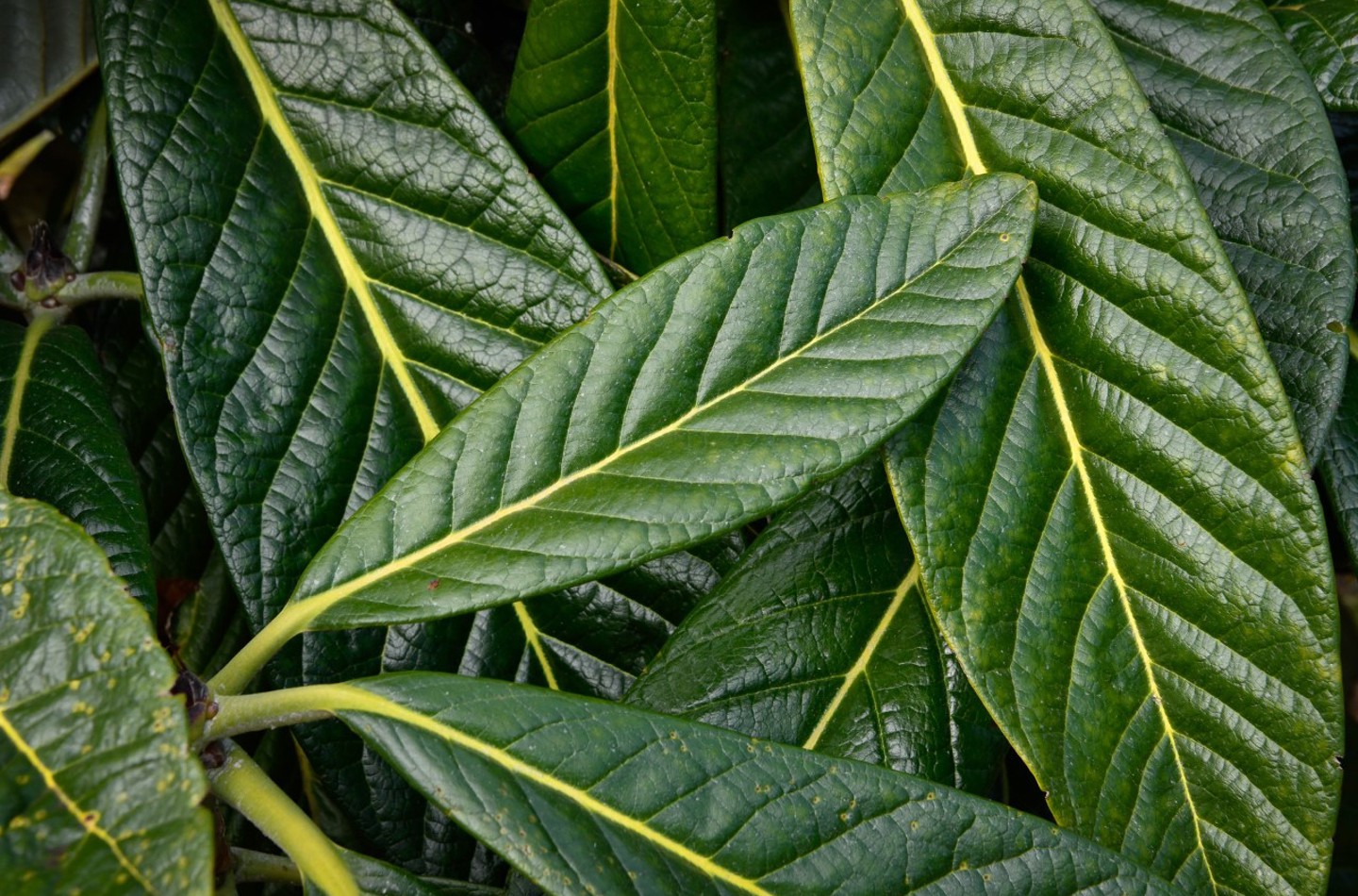
Botanic Garden grows links with Nepal
-
Two centuries of activity dedicated to the plants of the Himalaya has fostered a unique role for the Royal Botanic Garden Edinburgh in the relationship between Nepal and the United Kingdom. Such was the declaration of His Excellency Dr Durga Bahadur Subedi, Nepalese Ambassador to the United Kingdom, during an official tour of Scotland. Dr Subedi was in Edinburgh on Monday, October 16, to visit the research institute and see for himself some of the scientific and horticultural conservation being conducted at RBGE.
He also paid tribute to Regius Keeper Simon Milne MBE and his staff, who lead international research on the flora of Nepal. Referring to a visit by a team from RBGE last year, Dr Subedi commented: “The visit of Mr Simon Milne to Nepal contributed to consolidating the bilateral relationship between our two countries. “The strong botanical link between Nepal and Scotland goes beyond plants – it represents connections between our societies, our governments and our countries.” RBGE has a deep regard for its longstanding connection with Nepal, dating back to 1802 when Dr Francis Buchanan-Hamilton made the first scientific collections of plants from the Kathmandu Valley. Known as the Father of Nepalese Botany, he recorded more than 1000 species during his year there. This set the foundation for the scientific study of plants in the Himalayan country. Buchanan-Hamilton had been taught botany by John Hope, at RBGE’s Leith Walk site, in what is now the Professor's Room at the re-built Botanic Cottage. The Ambassador was shown Buchanan-Hamilton's memorial plaque, restored and re-sited in pride of place at the reception area of RBGE’s main administration building, before looking at original, hand-written notes held in the Archives, and 215-year-old plant specimens preserved in our Herbarium.
One highlight of the visit came when the Ambassador was invited to take command of RBGE’s high-resolution digitization camera and capture an image of a preserved Buchanan-Hamilton herbarium specimen Bauhinia vahlii, collected in the Morang Hills of eastern Nepal on 6 May 1810. This image now joins the growing number of Nepalese specimens in the Garden’s virtual herbarium. These are freely accessible for researchers in Nepal and around the world Dr Subedi informed his hosts he knew the plant from seeing it in his home town, in the Jhapa district, where it is still called Bhorla, the Nepali local name Buchanan-Hamilton recorded in his notes. He used this to create the “provision” name, Bauhinia bhorla, written on the field ticket for the specimen. Finally, the remnants of Hurricane Ophelia temporarily relented to allow the party outdoors. Dr Subedi, accompanied by his wife, Mrs Poonam R. Subedi, distinguished academics from Tribhuvan University and Embassy staff along with their families viewed RBGE’s “Nepalese” area.
They heard that seeds collected during the Bicentenary Expedition to Nepal last September were growing well in the Nursery, and were being used to increase the diversity of plants in the expanding Nepalese area at Inverleith and three Regional Gardens – at Benmore, in Argyll & Bute; Logan, Dumfries & Galloway and Dawyck, in the Scottish Borders. Together, the displays of Nepalese plants highlights the importance of Nepal to the work of RBGE and raises awareness of Nepal, its globally-important biodiversity, cultural heritage and stunning scenery. The Ambassador inaugurated this area, unveiling a copper plaque commemorating the event. The plaque had been made in Nepal, using the characteristic outline of a pagoda temple. Dr Subedi and the Regius Keeper planted a wild origin Sorbus vestita sapling to the stirring sounds of bagpipes played by a Gurkha piper. The Sorbus genus, including whitebeams and rowens, is found both in Scotland and Nepal. The specimen, collected last year from the Langtang region of Nepal, symbolises both the close connection between the two countries and the bicentenary of diplomatic relations.
Similar news stories
See all newsBotanics Recommends
-
Explore our range of unique gifts and more. Every purchase supports the Garden.
-
Explore our unique venues, suitable for every occasion
-
Discover a range of books inspired by the RBGE's work and collections
-
Cultivate your curiosity with our programme of courses for all ages and interests.